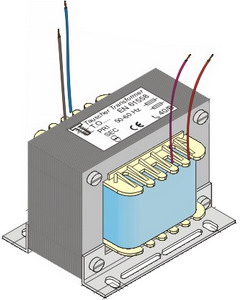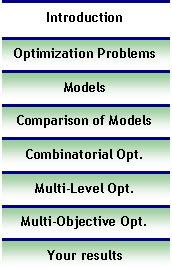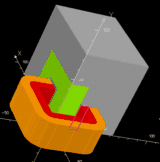









|
Introduction |
|
The design of electromagnetic devices is often presented in terms of problem with continuous parameters. However, these problems are in the second part of the design process and often limited to the fine tuning of some parameters corresponding to the structure selected in the first part (working structure). There is a lack of decision tools for the choice of the structure and materials (embodiment design). In this stage, the parameters are mainly discrete and non-classable. Moreover, the production in very small series practiced by some small and medium firms must be necessarily supported by standards (Fig. 1). It is thus a question of choosing among a great but finished number of solutions rather than to optimize some dimensions finely.
The optimization problem of the safety isolating transformer with discrete variables is detailed. Two models can be used during the optimization. The first one is analytical and fast while the second is a coupling of magnetic and thermal 3D FEA. The fine and coarse models are compared in terms of accuracy and CPU time. They can be used jointly to speed-up the optimization process by using space-mapping techniques.
The proposed benchmark may be used to compare combinatorial optimization algorithms, such as branch-and-bound (BB), genetic algorithms (GA), simulated annealing (SA), and other meta-heuristics. It is also suitable for the benchmarking of multi-level optimization with continuous variables, such as agressive space mapping (ASM), output mapping (OM), manifold mapping (MM), of multi-objective optimization performed by weighted sum method, GA...
|
|
Tuan Vu TRAN, Stéphane BRISSET and Pascal BROCHET
COSME – L2EP – Ecole Centrale de Lille – France |
|
Contact:
|
|
Tel : (+33) (0)3 20 67 60 74
Fax : (+33) (0)3 20 33 54 54
|


